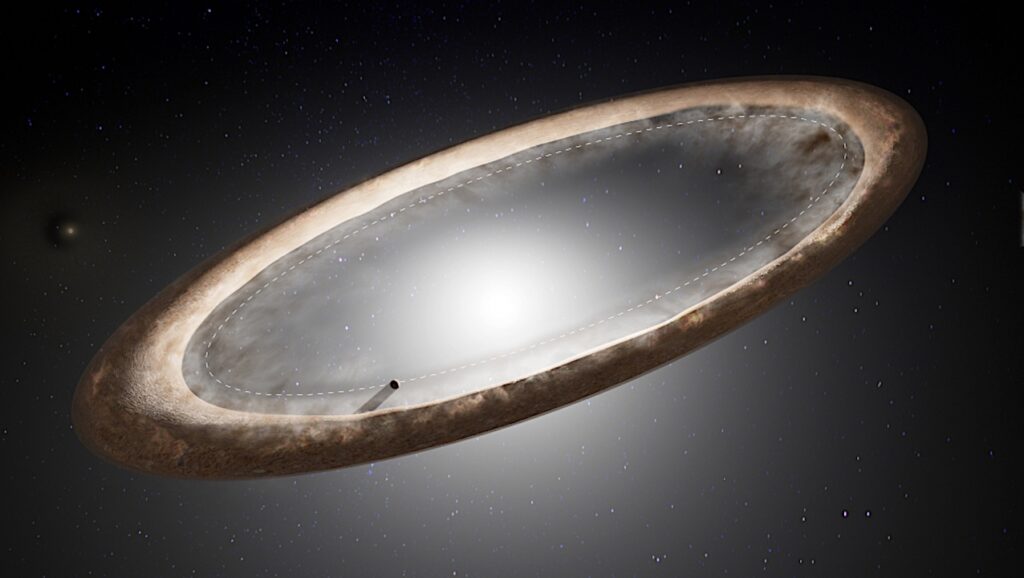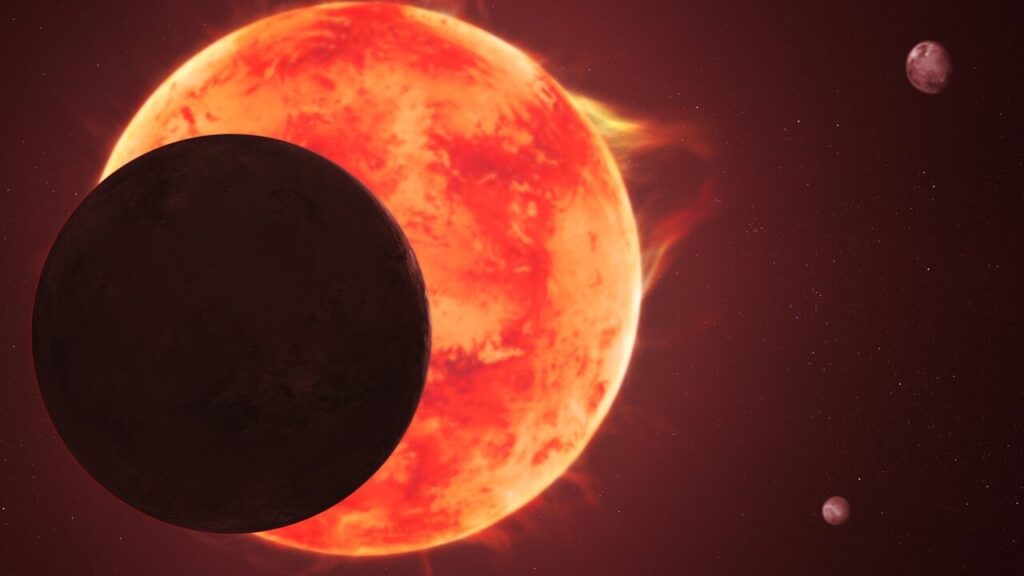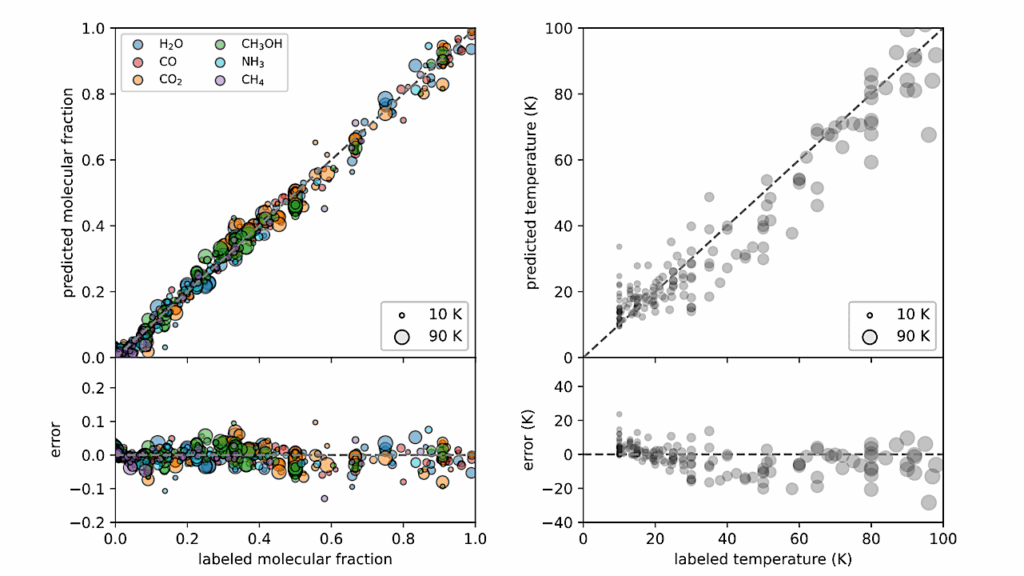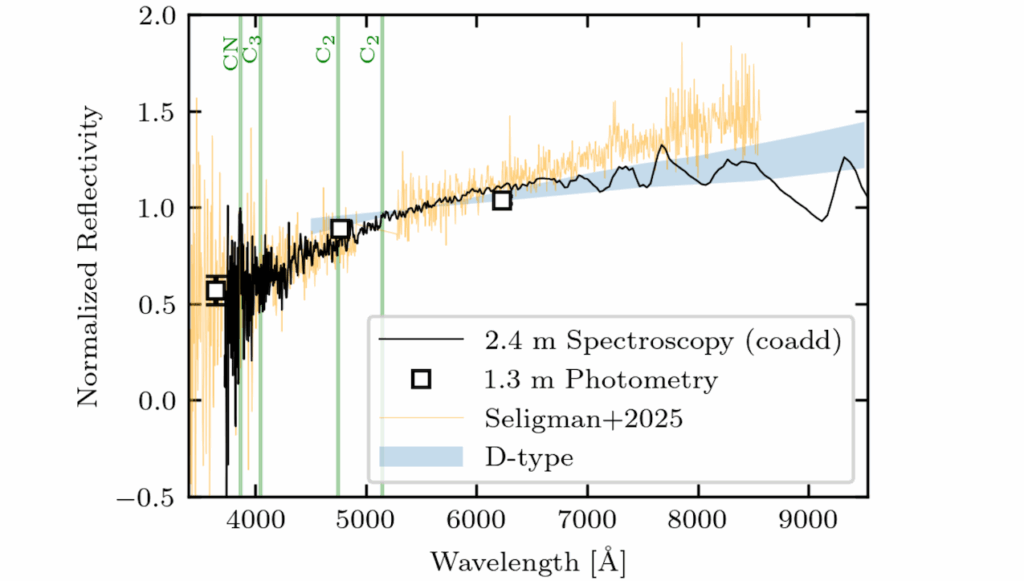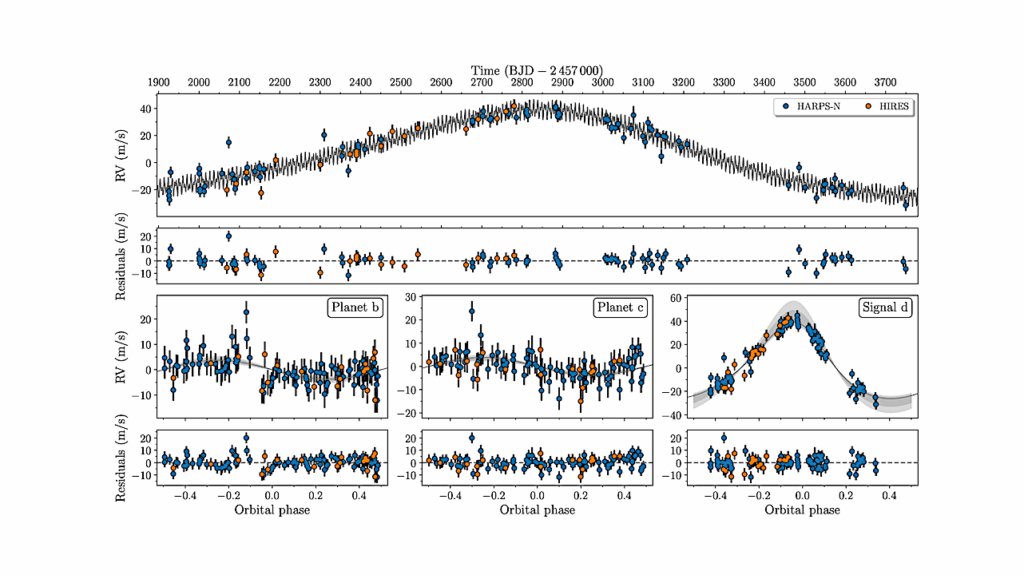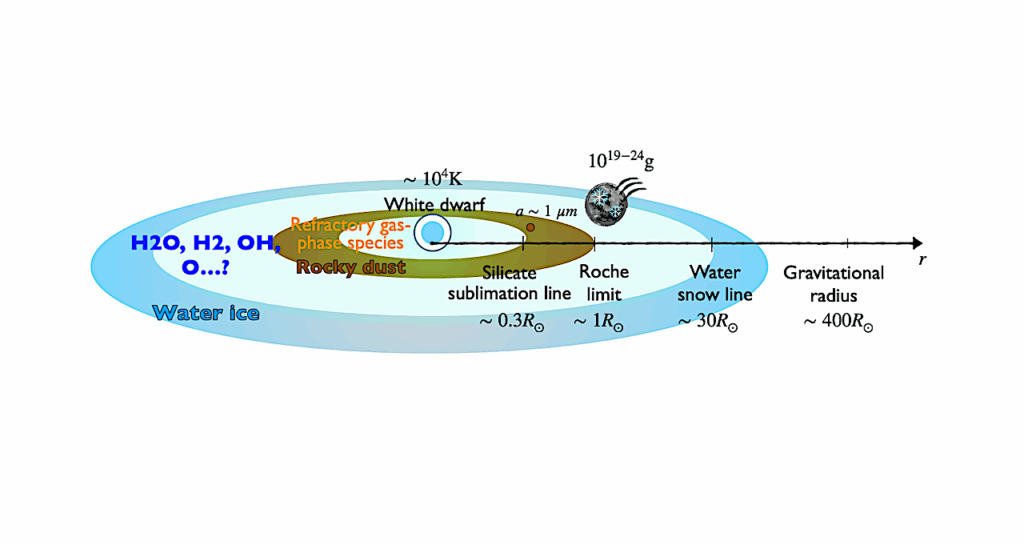The Prevalence of Resonance Among Young, Close-in Planets
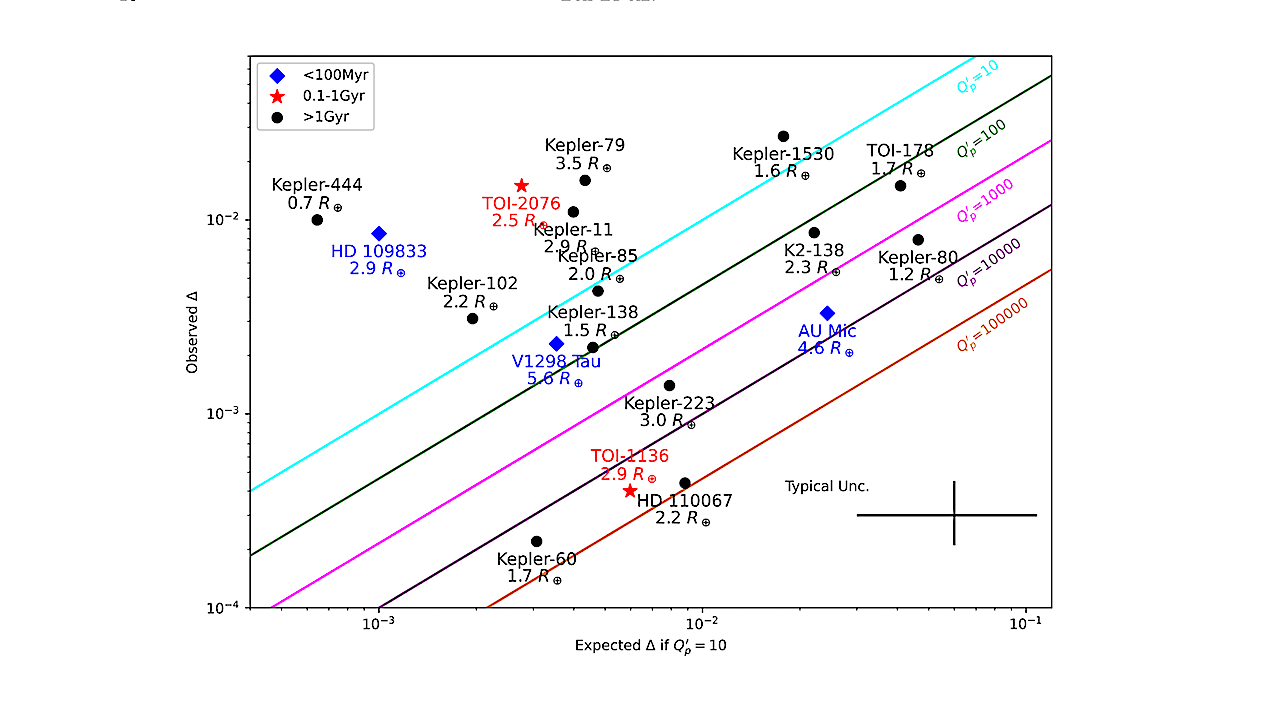
Multiple planets undergoing disk migration may be captured into a chain of mean-motion resonances with the innermost planet parked near the disk’s inner edge. Subsequent dynamical evolution may disrupt these resonances, leading to the non-resonant configurations typically observed among Kepler planets that are Gyrs old.
In this scenario, resonant configurations are expected to be more common in younger systems. This prediction can now be tested, thanks to recent discoveries of young planets, particularly those in stellar clusters, by NASA’s TESS mission. We divided the known planetary systems into three age groups: young (<100-Myr-old), adolescent (0.1-1-Gyr-old), and mature (>1-Gyr-old).
The fraction of neighboring planet pairs having period ratios within a few percent of a first-order commensurability (e.g.~4:3, 3:2, or 2:1) is 70±15% for young pairs, 24±8% for adolescent pairs, and 15±2% for mature pairs. The fraction of systems with at least one nearly commensurable pair (either first or second-order) is 86±13% among young systems, 38±12% for adolescent systems, and 23±3% for mature systems. First-order commensurabilities prevail across all age groups, with an admixture of second-order commensurabilities.
Commensurabilities are more common in systems with high planet multiplicity and low mutual inclinations. Observed period ratios often deviate from perfect commensurability by ∼1% even among young planets, too large to be explained by resonant repulsion with equilibrium eccentricity tides.
We also find that super-Earths in the radius gap (1.5−1.9R⊕) are less likely to be near-resonant (11.9±2.0%) compared to Earth-sized planets (Rp<1R⊕; 25.3±4.4%) or mini-Neptunes (1.9R⊕≤Rp<2.5R⊕; 14.4±1.8%).
Fei Dai, Max Goldberg, Konstantin Batygin, Jennifer van Saders, Eugene Chiang, Nick Choksi, Rixin Li, Erik A. Petigura, Gregory J. Gilbert, Sarah C. Millholland, Yuan-Zhe Dai, Luke Bouma, Lauren M. Weiss, Joshua N. Winn
Comments: 17 pages, 9 figures, submitted to AAS
Subjects: Earth and Planetary Astrophysics (astro-ph.EP)
Cite as: arXiv:2406.06885 [astro-ph.EP] submission history
From: Fei Dai
[v1] Tue, 11 Jun 2024 01:51:05 UTC (1,002 KB)
https://arxiv.org/abs/2406.06885
Astrobiology


